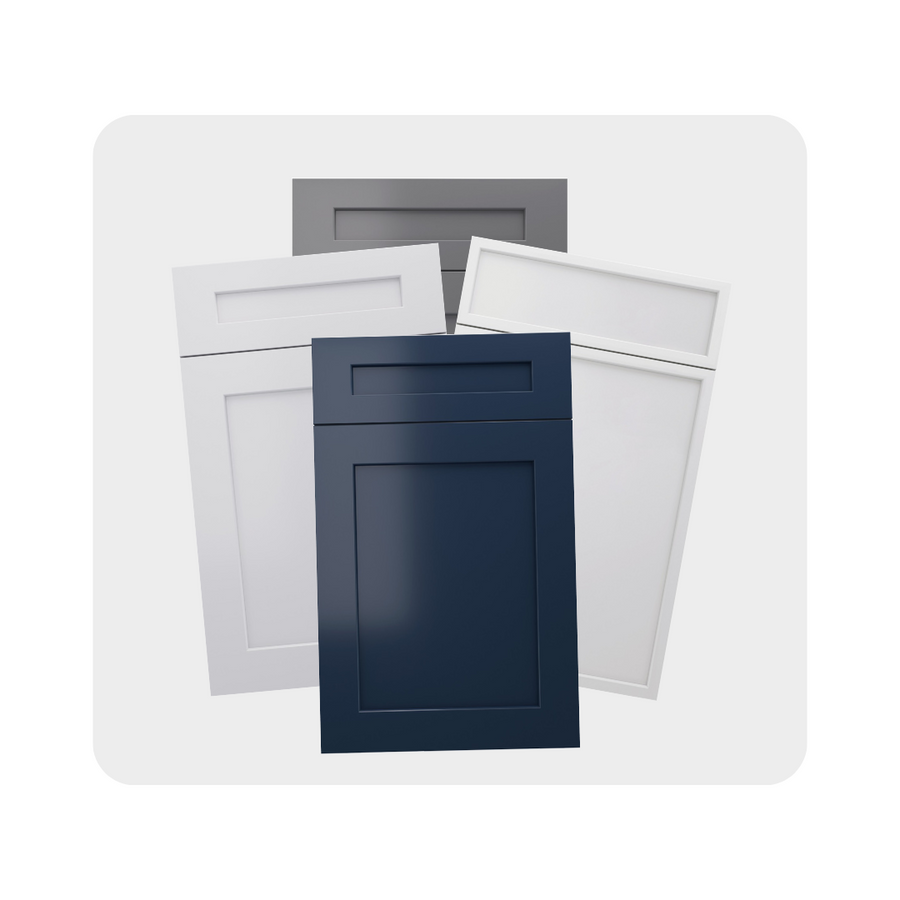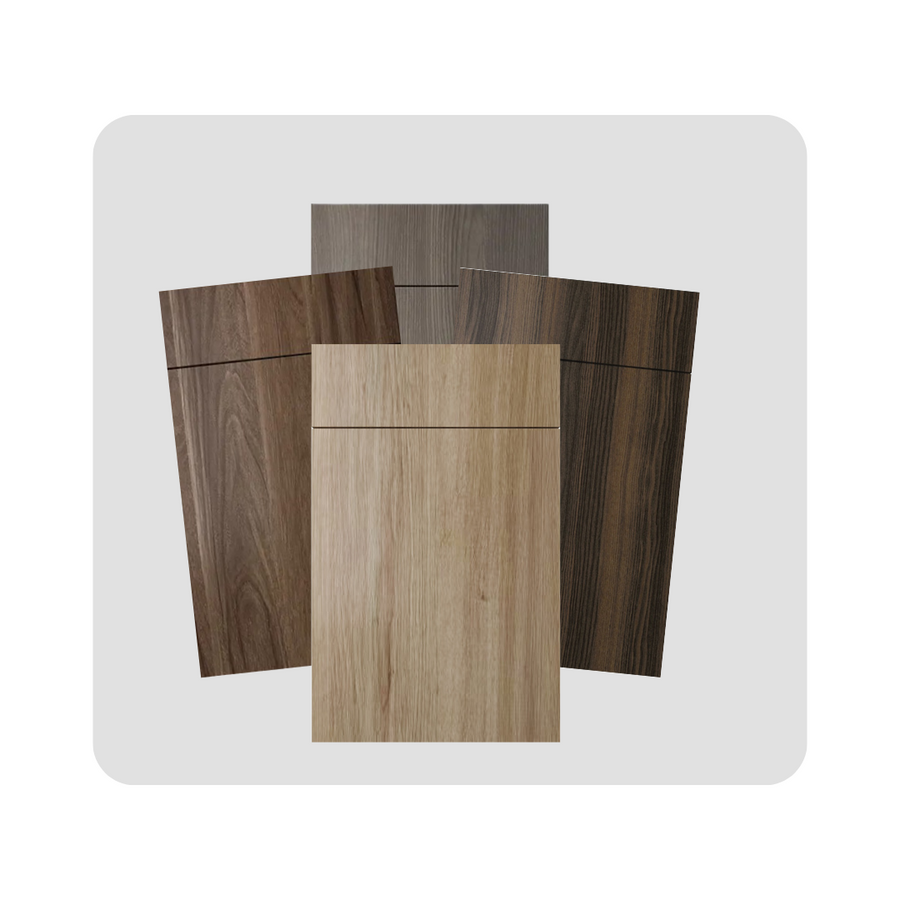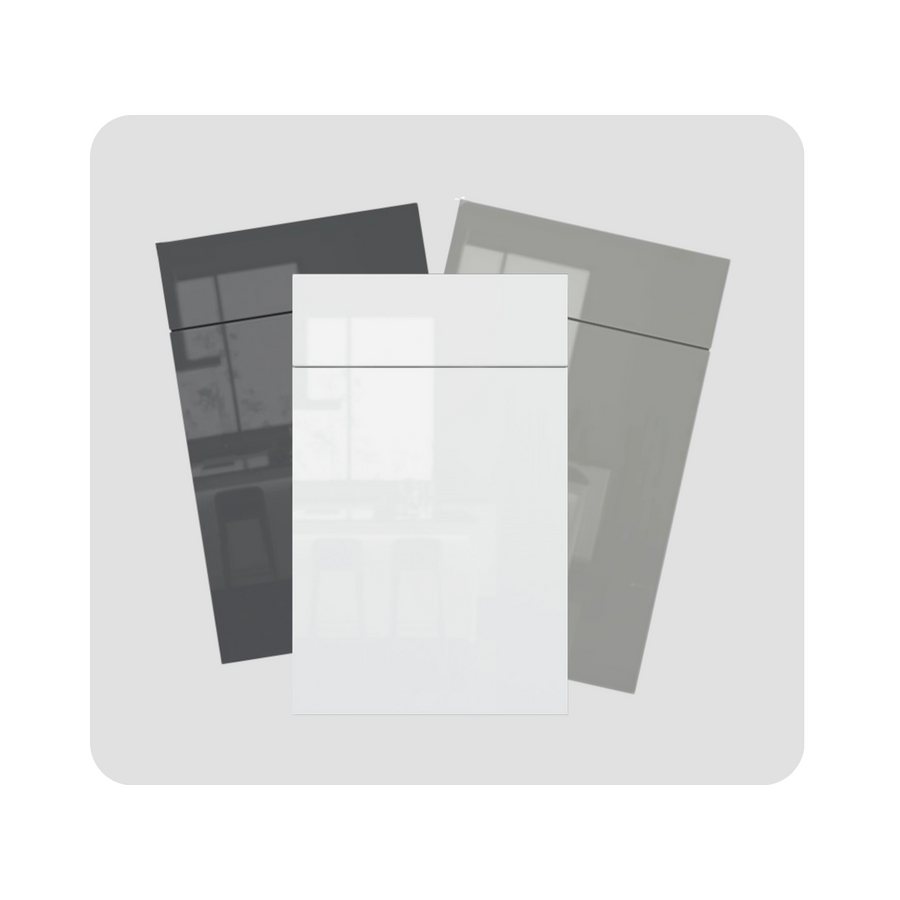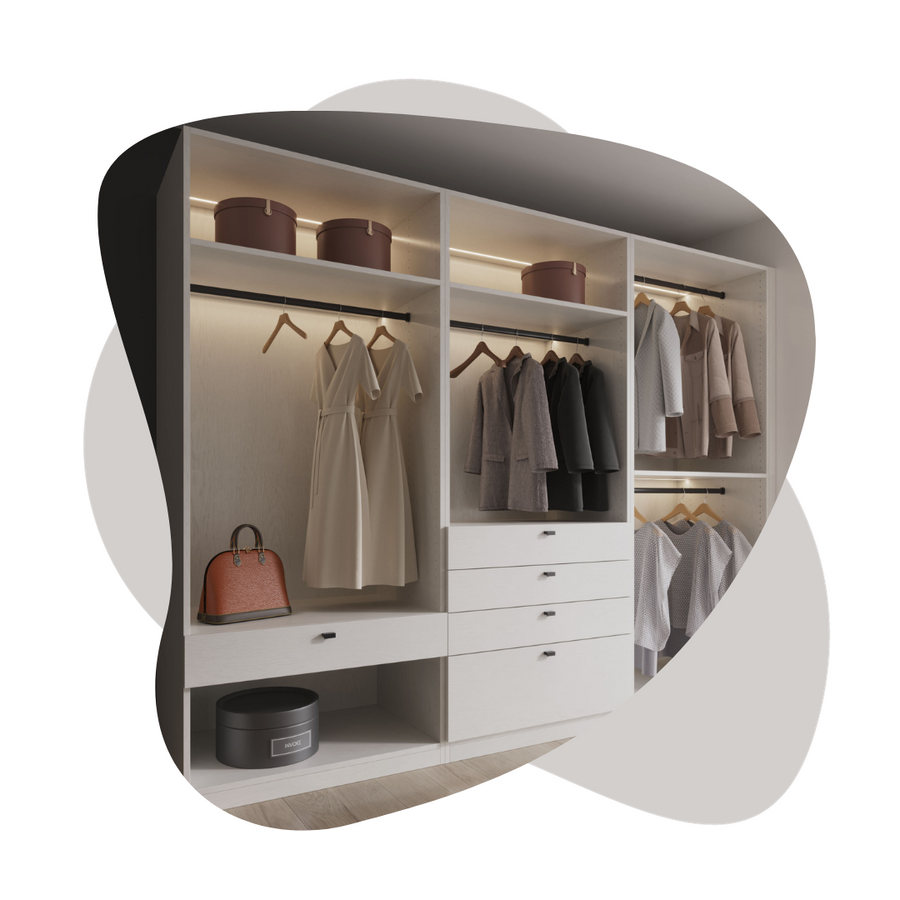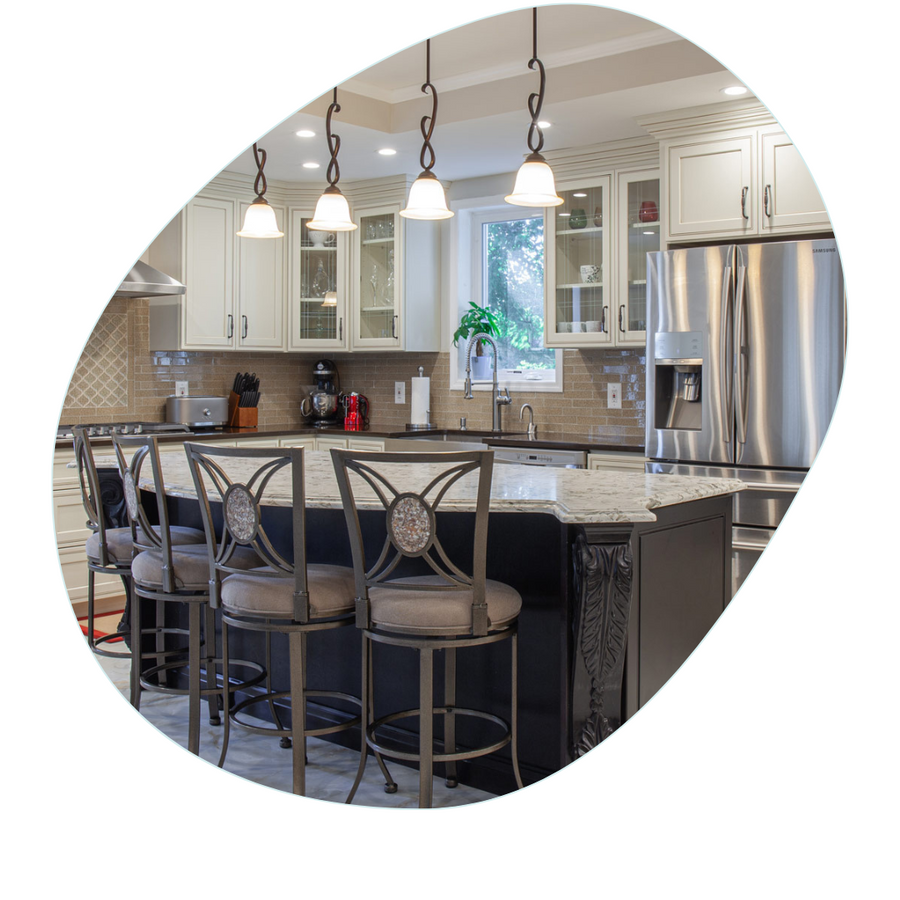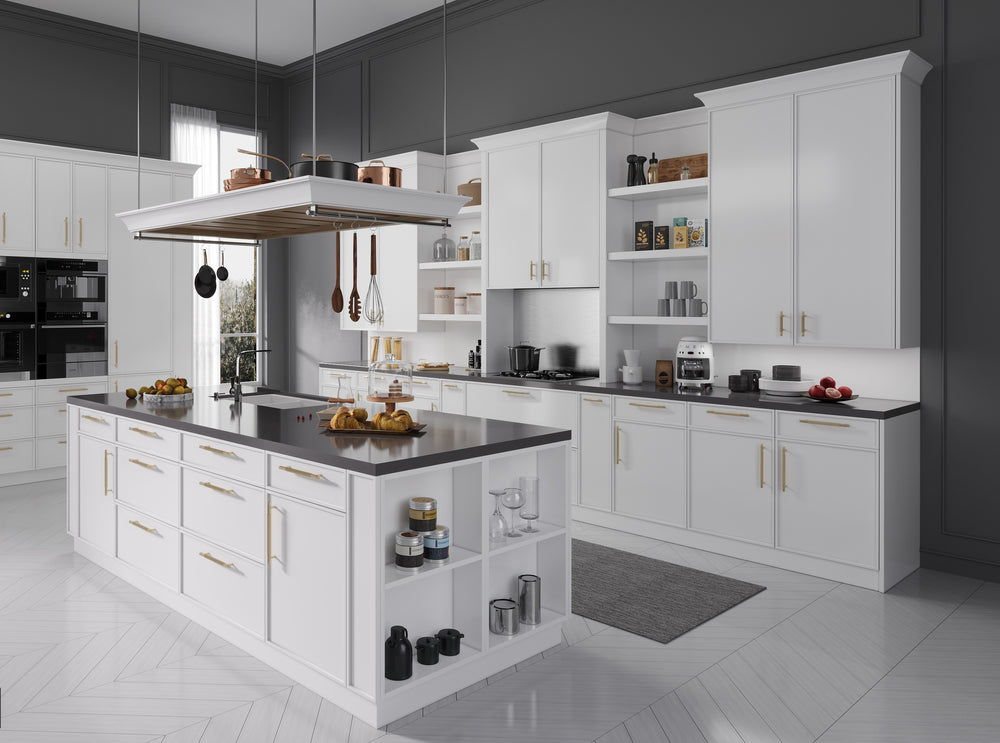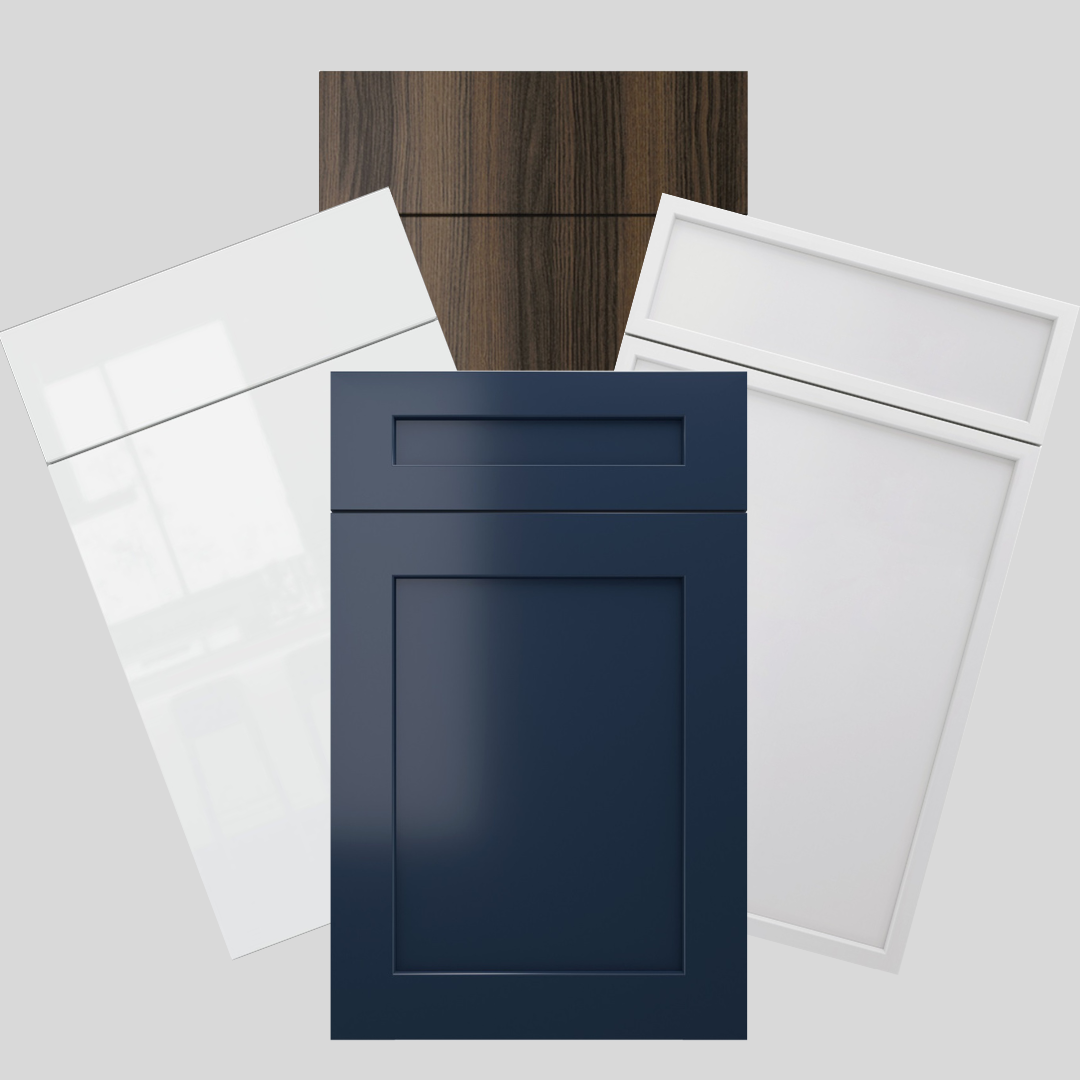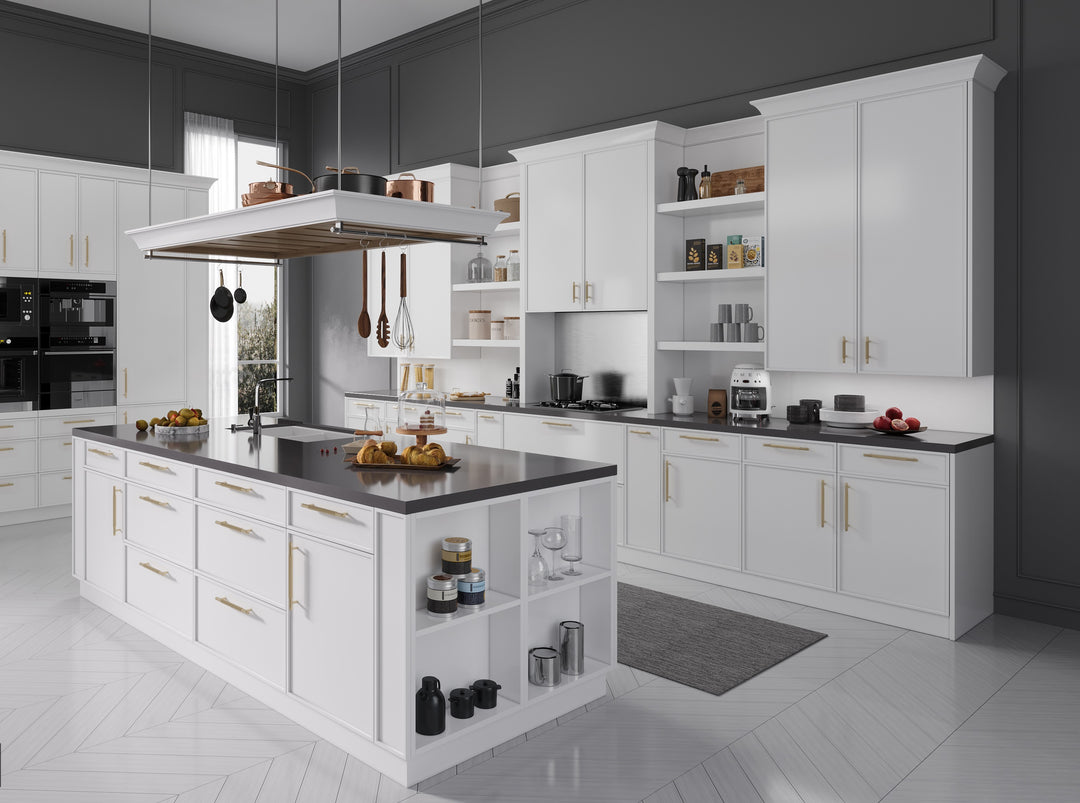Maintenance & Care
- As a general rule, keep all cabinet surfaces dry at all times.
- Cabinet surfaces shall be dried immediately with a soft, lint-free cotton cloth.
- Avoid using a dish cloth or sponge. Avoid ammonia-based cleaners and soaps with dye. Harsh detergent residues may harm cabinet finishes.
- As with all wood products, quick temperature changes and excessive moisture can be harmful to the cabinet finish and overall cabinet stability.
- To remove dust after installation and for initial cleaning, use a soft, lint-free cotton cloth to wipe down all exterior and interior surfaces.
- For regular basic cleaning, use a soft, lint-free cotton cloth dampened with a mild detergent or soap and warm water.
- For best results, use a blotting action rather than a wiping motion, when cleaning.
- Wipe up food spills and water spots immediately with a lint-free cotton cloth, so moisture is not absorbed into the cabinet surfaces.
- Use a household glass cleaner with a soft, clean cloth.
- Apply the glass cleaner directly to the cleaning cloth rather than on the glass or mirror.
- Avoid excess glass cleaner running into the cabinet joints.
- Ammonia should never be used in full strength.
- When in doubt of a cleaner’s suitability, DO NOT USE.
- Never use scouring pads, steel wool, wire brushes or powdered cleansers.
- Never leave a cloth moistened with cleaner on any cabinet surface for any length of time.
- Check the areas around the sink and dishwasher to make sure that water and detergents do not dry on the cabinet surfaces.
- Avoid draping wet or damp dish towels over doors of the base cabinets.
- Do not attach towel racks to the interior of cabinet doors.
- Avoid placing small kitchen appliances where the heat or steam is directed onto cabinet surfaces.
- Do not leave printed materials (newspapers, magazines, etc.) on the cabinet surfaces, as the printing can bleed into the cabinet finish.
